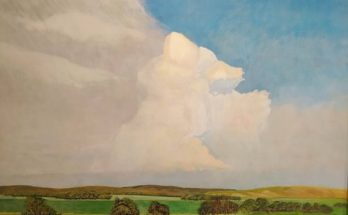By Peter Ramsey
Flamenco was the first world music. Poet Federico Lorca called it Spain’s most gigantic gift to world culture. It was born in the workshops of Southern Spain by itinerate workers who were the spoils of war and people in mass migration fleeing religious persecution. The Moors who dominated North Africa and Southern Spain for hundreds of years waged raiding campaigns as far east as Samarkand, the Silk Road and into the western fringes of the orient, bringing back with them these craftsmen. The gypsies were from a Western India Hindu Aryan tribe. The Vandals were mercenaries from Poland and Estonia. They gave the name vandals or wanderers which became Andalucia. There is also a strong Jewish element in the music. All of these very different elements merged into Flamenco and the region of Andalucia became the highest level of this craft the world has ever produced. Its design is based on complex geometry and the music is the soundtrack of precise production.
The Spanish brought Flamenco to Mexico but it wasn’t the prevalent music of the country. It exists today in small enclaves where world culture thrives. One of those places is San Miguel de Allende. For more than twenty five years the heart and soul of Flamenco is Angela Garcia Esperon or Angelita la Yerbabuena. She is a dancer, singer, a Flamenco fashion designer and she runs a school of dance. Her tableau show is every Friday at 8 p.m. at Hija de Manantial on Calle Correo. This winter she is also presenting five shows with the band and the Cuadra de Baile at the Teatro Santa Ana in the Biblioteca. She has two remaining shows in March before she returns to Malaga, Spain to further study her craft.
Angela Garcia Esperon Flamenco show
Dancing, Singing, Instruments
Wed., Mar. 8 and 22, 6pm
Teatro Santa Ana
Calle Relox 50
700 pesos
Tickets at the Theatre Box Office




